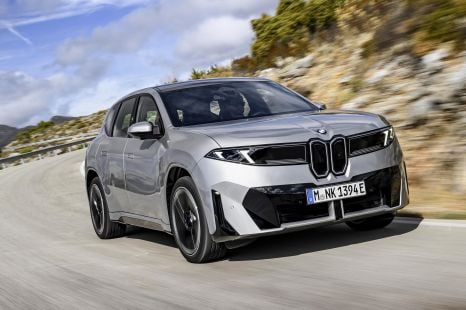

Josh Nevett
2026 BMW iX3 review: Quick drive
4 Days Ago
SPONSORED
In boardrooms and business parks across Australia and New Zealand, a quiet revolution is underway. From tech start-ups to established logistics operators, smart companies are looking at their vehicle fleets not just as tools of trade, but as opportunities to optimise costs, reduce emissions, and align with modern sustainability goals.
And at the forefront of this shift? Tesla – the brand that pioneered electric mobility for consumers on a global scale thanks in part to its revolutionary fast-charging infrastructure, is now reshaping the way small and medium businesses think about fleet management.
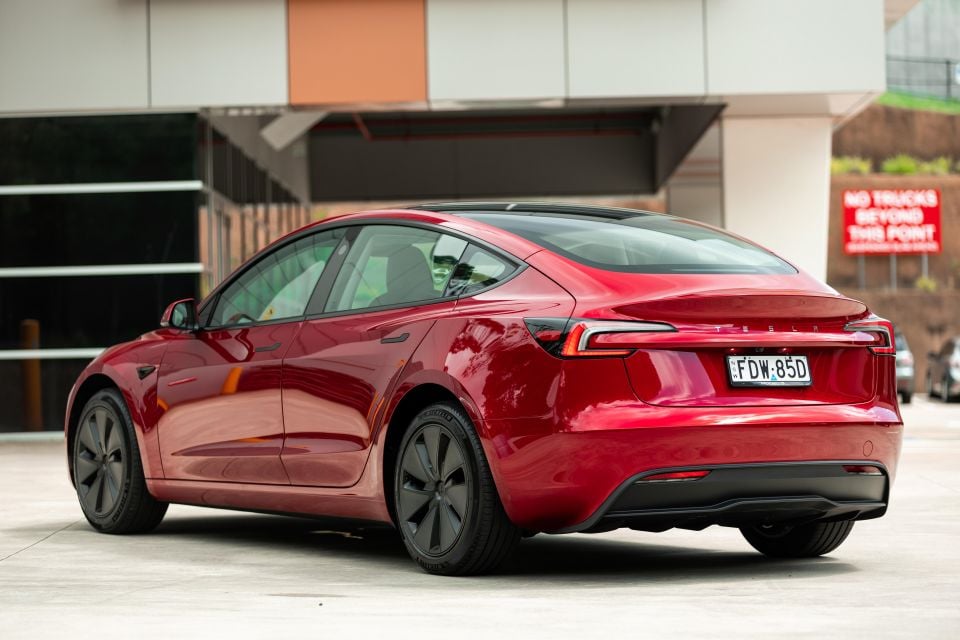
For many businesses running 30-100 vehicles, transport isn’t a side concern – it’s one of the largest cost centres on the books. Fuel, maintenance, servicing, and downtime quickly add up, not to mention the increasing scrutiny around carbon footprints.
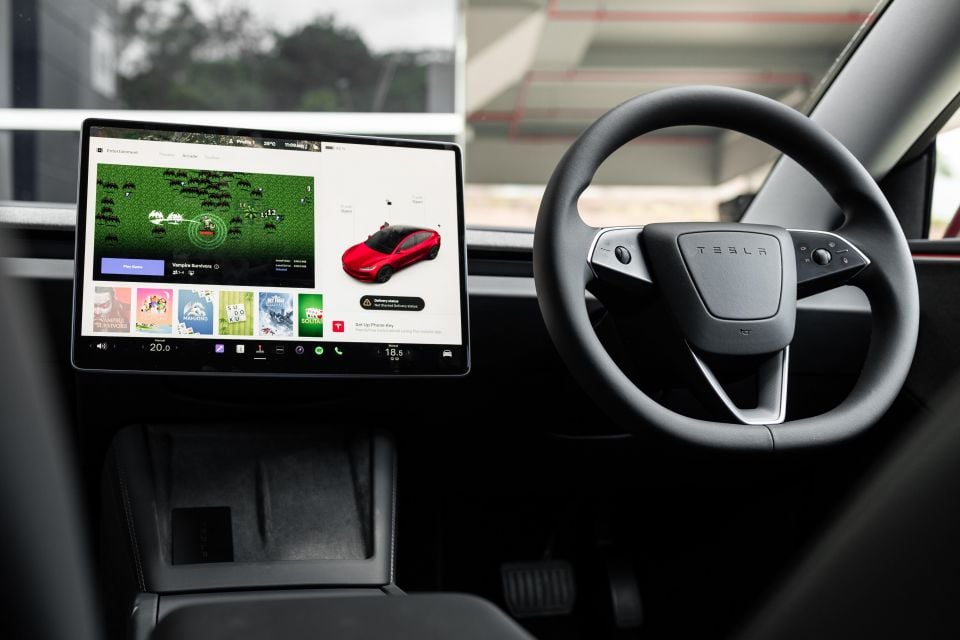
Electrification addresses all of these challenges. Tesla has proven that electric vehicles (EVs) are no longer experimental; they’re scalable, efficient, and optimised for the real world. The Tesla Model 3 and Model Y, in particular, deliver the kind of performance, range, and total cost of ownership that traditional internal combustion engined (ICE) or hybrid fleets simply can’t match.
This isn’t just about swapping petrol for electrons. It’s about taking advantage of an end-to-end fleet ecosystem designed to simplify management, improve utilisation, and unlock new efficiencies for businesses.
What sets Tesla apart from other EV suppliers is not just the product, but the platform. Through Tesla for Business, companies gain access to an established suite of integrated fleet management tools, including:
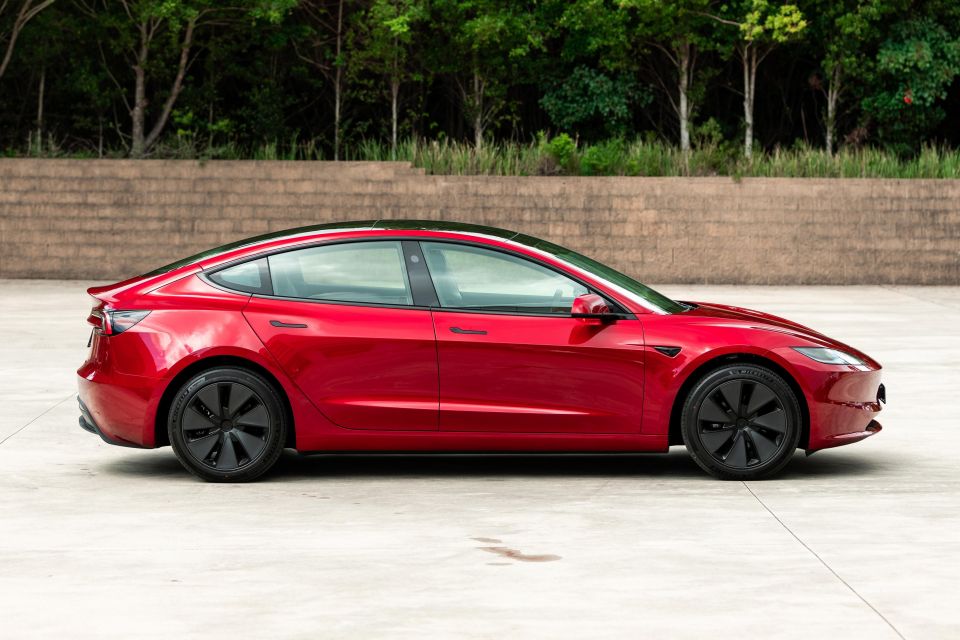
This isn’t theory – it’s already shaping the way fleet managers make purchasing and operational decisions. The ability to plug Tesla’s technology directly into existing business systems means electrification is not only achievable, it’s optimised.
Fleet managers are used to thinking in terms of Total Cost of Ownership (TCO). Here, Tesla is in a league of its own.
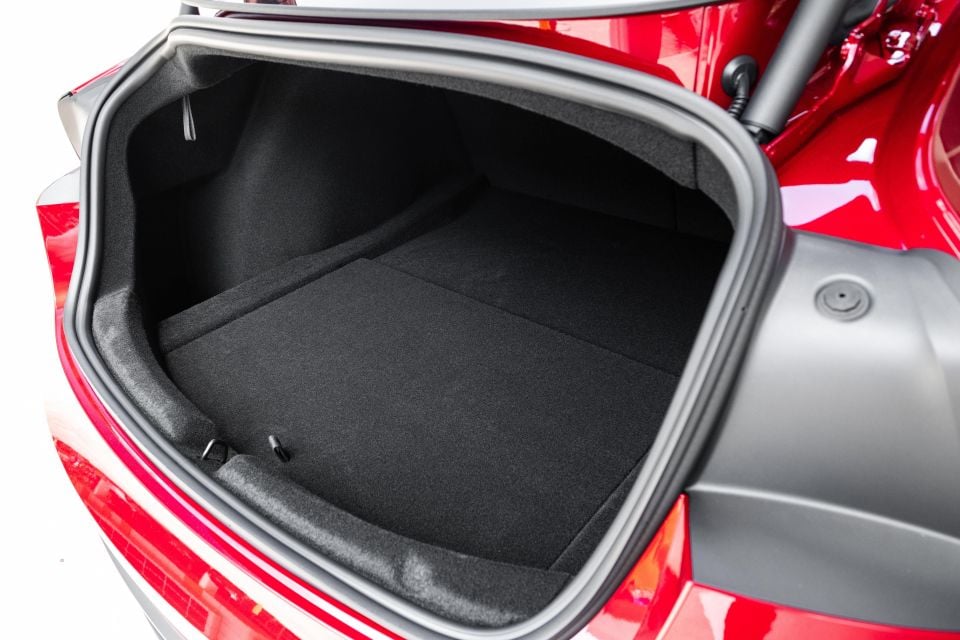
With fewer moving parts than internal combustion engines, Teslas require significantly less maintenance. Servicing intervals are longer, breakdown risks are lower, and combined with electricity’s lower cost per kilometre compared to petrol or diesel, the savings add up fast.
Every hour a vehicle is off the road is lost productivity. Tesla’s robust service network – with physical service centres across the country and a fleet of mobile service technicians – helps keep downtime to a minimum. For fleet operators, that means stronger utilisation and more vehicles doing what they’re meant to do: generating value.
Tesla is not new to fleet electrification. It has been working alongside businesses for years, providing not only vehicles but also thought leadership that has shaped industry policy. For instance, Tesla played a key role in pushing forward reforms like the Electric Discount Bill, which introduced FBT exemptions that made EV adoption more financially attractive for companies.
This leadership extends into client relationships. Two powerful examples:
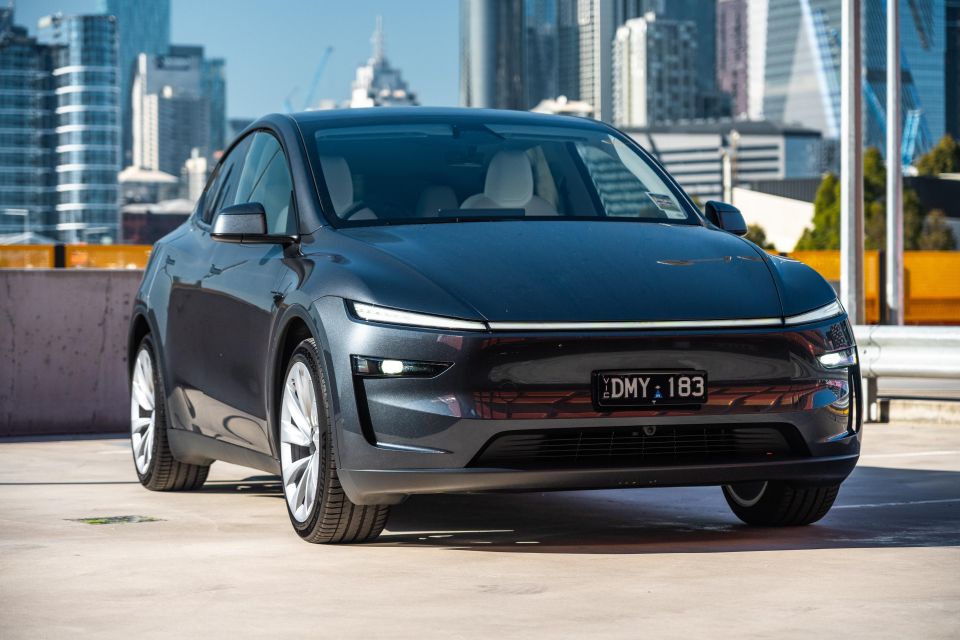
“Tesla has by far the best fleet management system compared with other brands which require drivers to keep logs, whereas with Tesla Fleet Management it’s all done online like an MDM – like a device manager that allows you to allocate access, remove access along with a bunch of other features,” says Jason Griffiths, National Engineering Manager, ComputersNow.
These stories underline an important truth: Tesla isn’t just a consumer brand dabbling in fleet sales. It is a proven, established fleet partner capable of supporting Australia’s smartest businesses.
For businesses contemplating fleet transitions, scalability is often the sticking point. Can an EV rollout that starts with 10 vehicles expand to 50, 75, or 100 without disruption? Tesla’s answer is yes.
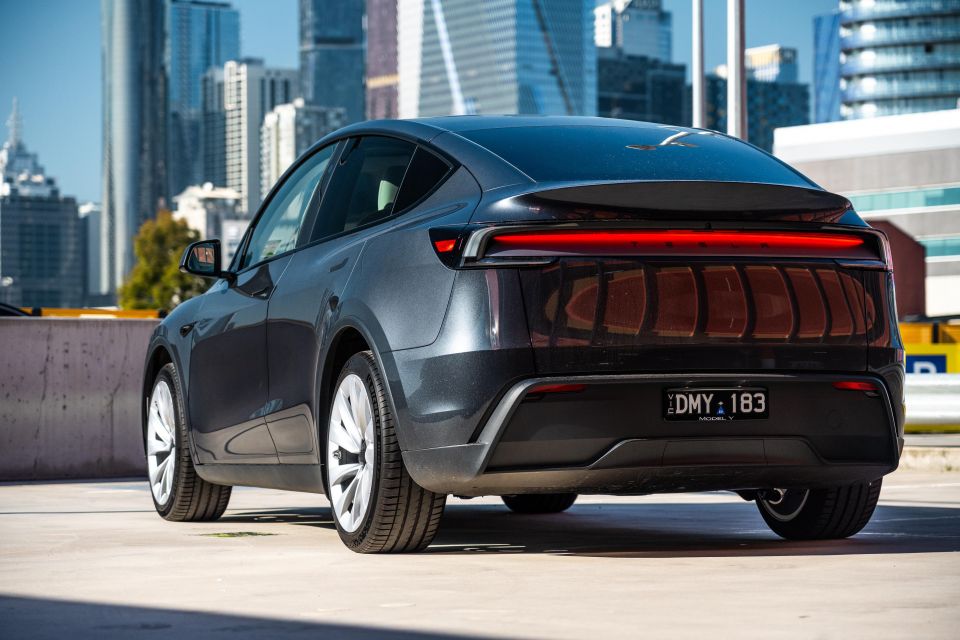
Because the Model 3 and Model Y share the same software ecosystem, charging infrastructure, and management tools, expansion is seamless. Whether a business is electrifying a third of its fleet or going all-in, Tesla’s integrated approach ensures that scalability is baked in from day one.
The other piece of the puzzle is optimisation – not just of vehicles, but of the entire fleet lifecycle. Tesla’s proprietary systems give managers a clear line of sight across driver behaviour, charging patterns, maintenance needs, and financial reporting.
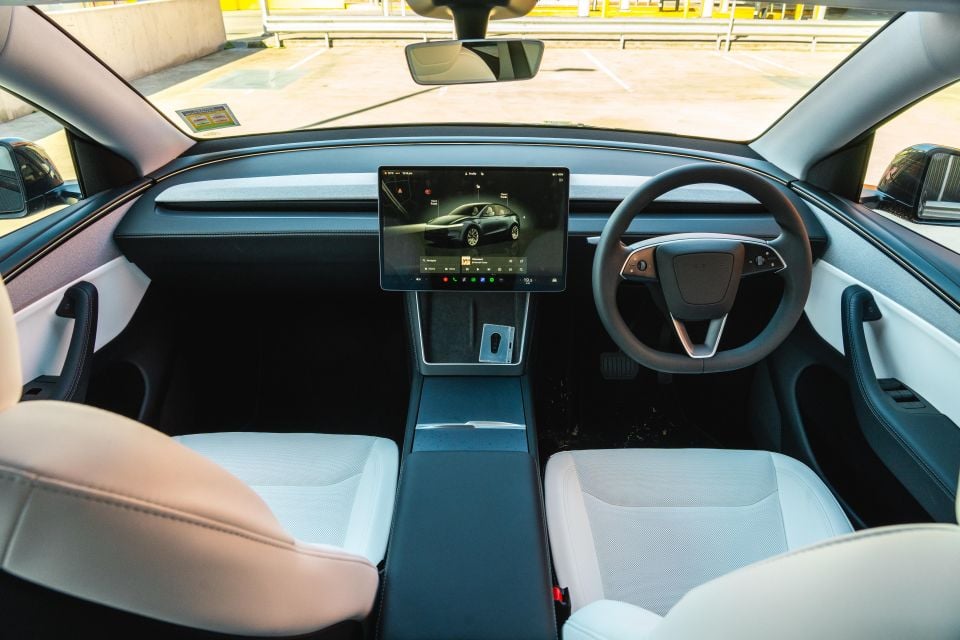
Instead of juggling multiple suppliers, third-party apps, and patchwork reporting, Tesla provides a single ecosystem that covers everything from acquisition to end-of-life management. This not only reduces administrative overhead but also unlocks insights that help businesses make smarter, data-driven decisions.
So why are Tesla Model 3 and Model Y becoming the backbone of Australia and New Zealand’s smartest fleets? Because they combine:
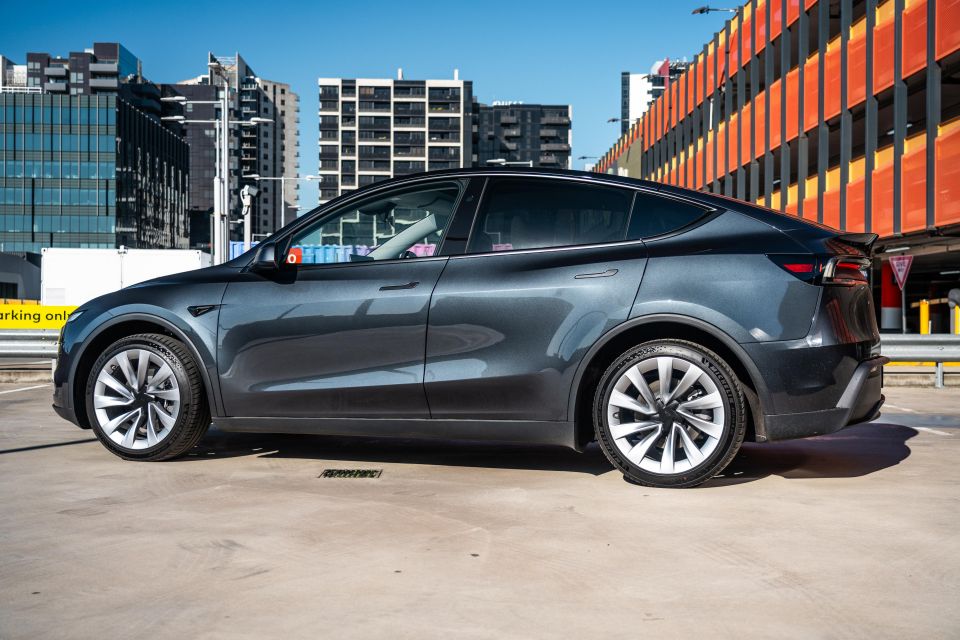
This is more than a vehicle purchase. It’s a long-term partnership designed to optimise fleets, enhance sustainability, and future-proof businesses.
Electrification is not a question of if, but when. Australia and New Zealand’s policy landscape, customer expectations, and cost realities are all pushing businesses in the same direction. The smartest companies are acting now – and with Tesla’s integrated fleet offering, they’re not just adopting EVs, they’re optimising entire operations.
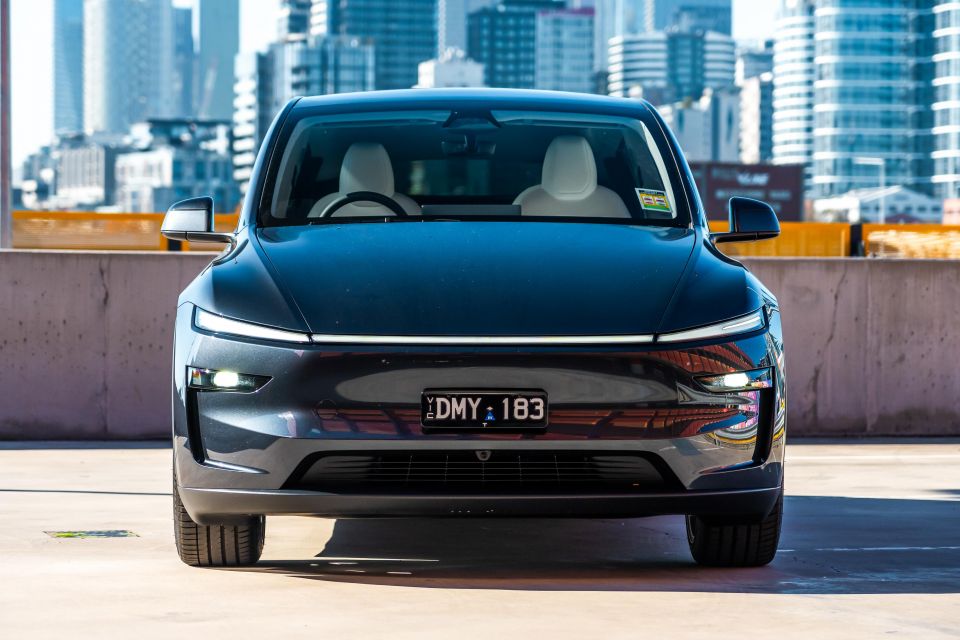
Then there’s Tesla’s fast-charging dominance. As of mid-2025, Tesla has about 740 Supercharger stalls across Australia, which accounts for anywhere between 25-40 per cent of all DC fast-charge plugs in Australia.
The important thing to note is that the number of fast-charging stalls is rapidly increasing across the country, making an even stronger case for EV fleets.
For businesses ready to decarbonise, scale, and optimise, the Tesla Model 3 and Model Y aren’t just cars. They’re the blueprint for the future of fleet management in Australia and New Zealand.
Where expert car reviews meet expert car buying – CarExpert gives you trusted advice, personalised service and real savings on your next new car.


Josh Nevett
4 Days Ago
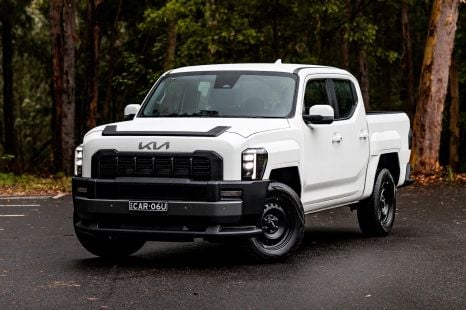

Matt Campbell
4 Days Ago
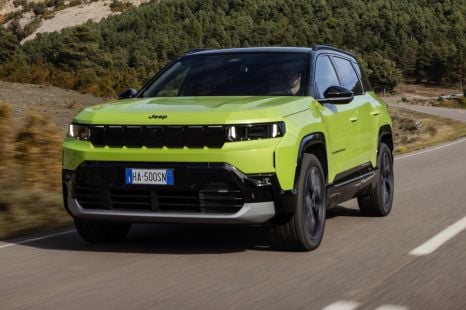

Dave Humphreys
3 Days Ago
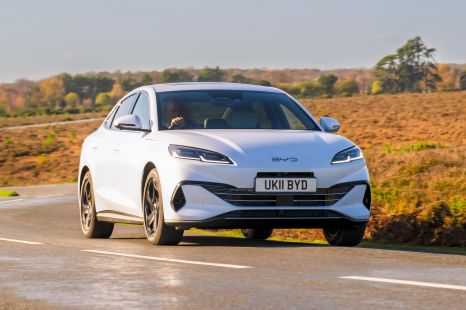

Matt Robinson
2 Days Ago
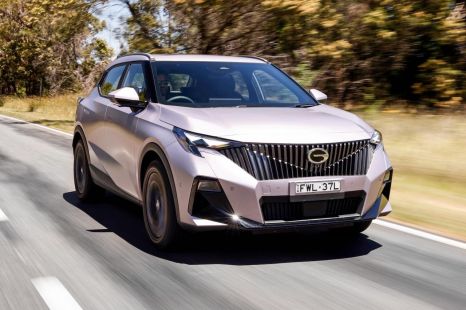

Ben Zachariah
11 Hours Ago
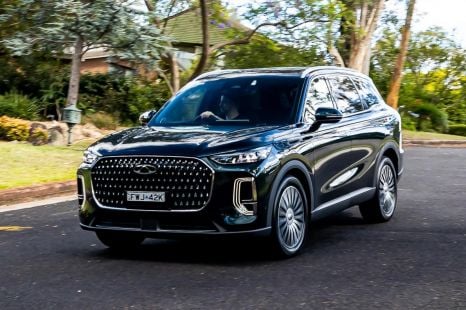

Matt Campbell
7 Hours Ago